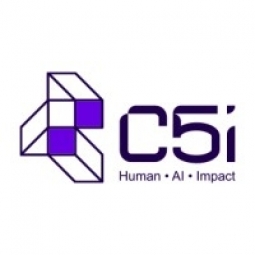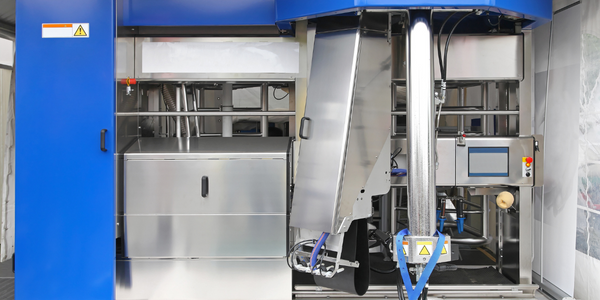Customer Company Size
Large Corporate
Country
- Worldwide
Product
- Blueocean Market Intelligence platform
Tech Stack
- Adobe APIs
Implementation Scale
- Enterprise-wide Deployment
Impact Metrics
- Productivity Improvements
- Digital Expertise
Technology Category
- Platform as a Service (PaaS) - Data Management Platforms
Applicable Functions
- Sales & Marketing
Use Cases
- Process Control & Optimization
- Predictive Quality Analytics
Services
- Data Science Services
- System Integration
About The Customer
The customer is a leading global technology company. They operate in the Information Technology industry and have a significant online presence, with over 1000 campaigns running each week on their website. The company works with regional stakeholders and individual agencies to set up and track these campaigns. However, this manual process has led to gaps in the tracking mechanism and poor attribution quality in final reports. The company is seeking a solution that can automate campaign tracking and classification, ensuring 100% compliance with business logic before campaigns go live.
The Challenge
The client, a leading global technology company, had over 1000 campaigns running each week on their website. They wanted to ensure automated campaign tracking and classification solutions. Regional stakeholders were working with individual agencies to set up campaigns and track them manually. This led to gaps with the tracking mechanism, and final reports did not portray the complete picture since the attribution quality was poor. The client wanted a consistent and clearly defined process to track campaign performance, ensuring 100% compliance with business logic prior to going live.
The Solution
Blueocean Market Intelligence provided a solution by defining and documenting the intended logic for capturing campaign tracking codes in an automated fashion, along with a consistent and accurate reporting process. A platform was configured, which allowed client stakeholders to set up campaigns via a friendly interface with minimum efforts. Multiple field level validations were put in place so that the stakeholders could run and manage campaigns independently, with minimum intervention from an external IT or media agency. The solution was easily integrated with Adobe APIs and direct upload to SAINT or via FTP.
Operational Impact
Quantitative Benefit

Case Study missing?
Start adding your own!
Register with your work email and create a new case study profile for your business.
Related Case Studies.

Case Study
System 800xA at Indian Cement Plants
Chettinad Cement recognized that further efficiencies could be achieved in its cement manufacturing process. It looked to investing in comprehensive operational and control technologies to manage and derive productivity and energy efficiency gains from the assets on Line 2, their second plant in India.

Case Study
Airbus Soars with Wearable Technology
Building an Airbus aircraft involves complex manufacturing processes consisting of thousands of moving parts. Speed and accuracy are critical to business and competitive advantage. Improvements in both would have high impact on Airbus’ bottom line. Airbus wanted to help operators reduce the complexity of assembling cabin seats and decrease the time required to complete this task.

Case Study
Improving Production Line Efficiency with Ethernet Micro RTU Controller
Moxa was asked to provide a connectivity solution for one of the world's leading cosmetics companies. This multinational corporation, with retail presence in 130 countries, 23 global braches, and over 66,000 employees, sought to improve the efficiency of their production process by migrating from manual monitoring to an automatic productivity monitoring system. The production line was being monitored by ABB Real-TPI, a factory information system that offers data collection and analysis to improve plant efficiency. Due to software limitations, the customer needed an OPC server and a corresponding I/O solution to collect data from additional sensor devices for the Real-TPI system. The goal is to enable the factory information system to more thoroughly collect data from every corner of the production line. This will improve its ability to measure Overall Equipment Effectiveness (OEE) and translate into increased production efficiencies. System Requirements • Instant status updates while still consuming minimal bandwidth to relieve strain on limited factory networks • Interoperable with ABB Real-TPI • Small form factor appropriate for deployment where space is scarce • Remote software management and configuration to simplify operations

Case Study
Developing Smart Tools for the Airbus Factory
Manufacturing and assembly of aircraft, which involves tens of thousands of steps that must be followed by the operators, and a single mistake in the process could cost hundreds of thousands of dollars to fix, makes the room for error very small.









